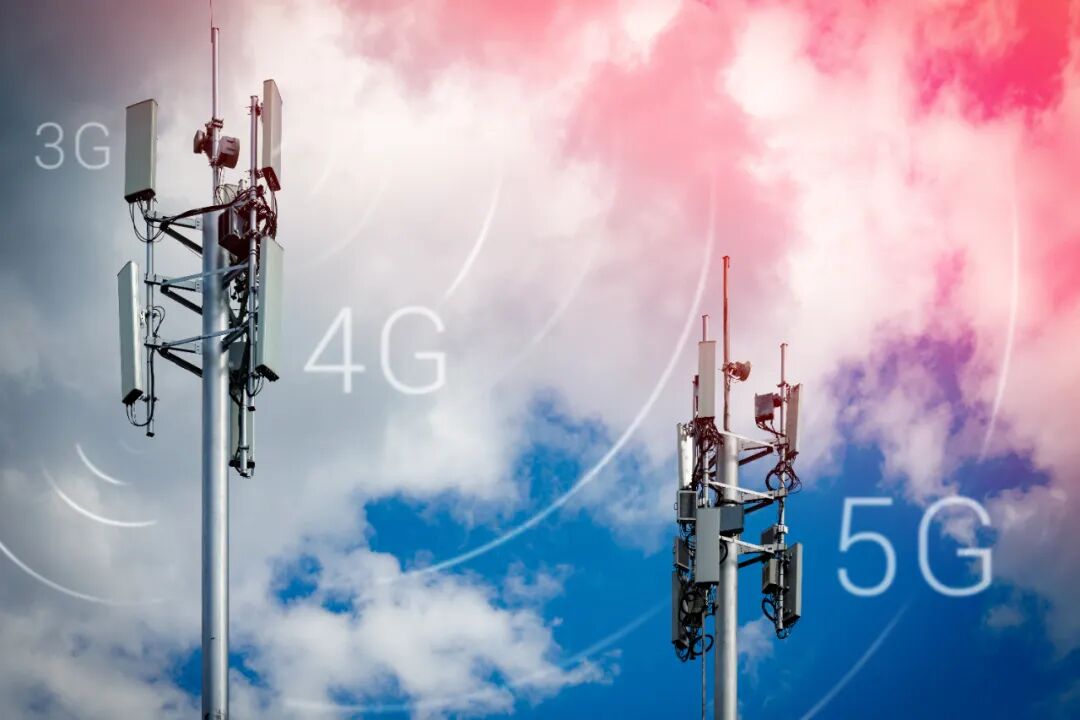

Recently, several consumers have complained on platforms stating that their vehicles are unable to use certain vehicle networking features due to the shutdown of 3G base stations and the cessation of 3G communication. There have been over 6,000 complaints regarding “inability to connect the vehicle system to the internet” on these platforms.
In response to this situation, 4S dealerships have suggested that consumers pay to replace the 4G module (T-Box). Consumers believe that car manufacturers should bear some responsibility and cover the upgrade costs. So, when infrastructure changes lead to vehicle functions becoming unusable, who should be held accountable?
Consumers: Car Manufacturers Should Be Responsible

As a 3G vehicle networking owner, Mr. Zhang from Hebei has been unable to use the vehicle networking features normally since this year. “Since the 3G base stations were shut down, some vehicle networking functions have become unusable, especially the remote control feature that I frequently use, which is no longer available due to the lack of communication signal. The response from the car manufacturer was that without a network signal, the vehicle networking features cannot function normally. They suggested replacing the 4G module (T-Box), but at my own expense.” Mr. Zhang’s confusion is a common issue faced by many owners using 3G vehicle networking features.
Although most of these vehicles have been in use for over ten years, many still maintain good condition. Especially for owners like Mr. Zhang, whose vehicle has only a few tens of thousands of kilometers on the odometer, other functions aside from vehicle networking are still in good condition, and there are no plans for scrapping or updating. “After more than ten years, my overall experience is still quite good, but the inability to use the vehicle networking features greatly diminishes the driving experience. The remote control feature was promised to be free for life when I purchased the vehicle. But now it is unusable.” Mr. Zhang stated that after this feature became unavailable, the manufacturer first directed him to contact the telecommunications operator, who said that the 3G shutdown is a unified regulation and that while they can upgrade the vehicle communication card for free, the entire network module of the vehicle must be replaced. However, the car manufacturer requires the owner to bear the related costs, claiming that this is not a vehicle quality issue and that it is beyond the warranty period.
Additionally, many other owners using 3G vehicle networking have reported issues such as inability to use onboard navigation and inability to make SOS calls after the 3G base stations were shut down.
Car Manufacturer Customer Service:
Not a Quality Issue, Not Covered for Free Upgrade

Journalists contacted several official customer service representatives from car manufacturers regarding the issue of 3G vehicle networking features not functioning properly. The response from the manufacturers was that they could replace the 4G module, but since it is beyond the vehicle’s warranty period, the owner must bear the related costs.
A relevant person from a domestic brand admitted that the Ministry of Industry and Information Technology’s “14th Five-Year Plan for the Development of the Information and Communication Industry” clearly states the need to accelerate the shutdown of 2G and 3G networks. Consequently, network operators are gradually reducing the frequency of 3G networks for the construction of 4G/5G networks. After the shutdown of 3G base stations, it is inevitable that some 3G vehicle networking functions will be affected. However, the overall upgrade of the national communication network is not just an issue for one or two car manufacturers, and most vehicles with 3G vehicle networking features are models from over a decade ago, which are not covered under the manufacturers’ warranty. Car manufacturers and after-sales service departments can replace the 4G module (T-Box) for owners who need it, but the owners must bear the costs.
Some customer service representatives from car manufacturers stated that the 3G shutdown only affects the map navigation function, and owners can download offline maps in cities where 3G networks are still available. Other 3G vehicle networking functions can still operate normally. Some manufacturers have offered to replace the T-BOX for free, but the conditions are quite strict: the vehicle must be within the manufacturer’s warranty period (3 years or 60,000 kilometers) and the network must not have been interrupted. In reality, very few vehicles meet these two conditions for free replacement.

Lawyer Zhao Zhanling from Beijing Yunjia Law Firm stated that the issue of 3G base station shutdown leading to the inability to use certain vehicle networking functions is difficult to determine in terms of responsibility: first, the 3G base stations are constructed and operated by telecommunications operators, and adjustments are inevitable; second, the 3G vehicle networking features provided by car manufacturers, such as onboard navigation, cannot operate normally without a communication signal, which is not a hardware issue of the vehicle. Legally, the car manufacturers do not bear responsibility. “Legally, this issue is not highly controversial. If consumers wish to upgrade their devices, they must bear the related costs. Whether car manufacturers provide discounts or free upgrades is not a legal requirement but rather a voluntary action by the manufacturers.”
It Cannot Be Simply Said “Just Shut Down”

With the rapid development of communication networks, the shutdown of 3G has become a foregone conclusion. As early as November 29, 2023, the Ministry of Industry and Information Technology publicly responded that the shutdown of 2G/3G networks is an inevitable choice for the upgrade of mobile communication networks and is also the main practice internationally. However, the shutdown of mobile communication networks is not a simple matter of “just shutting down.” It requires the improvement of user protection measures, and the shutdown can only be implemented after fully safeguarding user rights. The Ministry of Industry and Information Technology also emphasized the need for early notification, user protection measures, and a comprehensive user follow-up plan, ensuring better network coverage, stronger service capabilities, and higher service quality to create conditions for users to “willingly shut down” and “be happy to shut down.”
In fact, compared to the issues affecting vehicle networking features, problems with mobile communication services have already emerged. Although with the rapid development of communication networks and smartphones, the number of users relying on 2G and 3G networks has significantly decreased, mainly consisting of elderly individuals and children using phone watches. In response to these issues, operators in various regions have provided corresponding solutions. For example, in Guangdong and other areas, relevant operators have proposed that if users wish to continue using their original 2G numbers, they can choose more favorable 4G/5G packages for data and voice rates, or they can opt to retain their original packages. For products that cannot continue to be used, transition plans will be provided; some operators have also offered options for migrating users to purchase packages that include a free entry-level 4G phone. The solutions provided by operators for electronic consumer products are worth learning from for car manufacturers.
Of course, automobiles, as large durable consumer goods, are quite different from electronic consumer products like mobile phones and phone watches. However, in terms of the use of vehicle networking features, car manufacturers should not simply say “just shut down” due to reasons like being out of warranty. Providing appropriate compensation or discounts would be a better approach. Especially in the context of the rapidly developing industry of intelligent connected vehicles, car manufacturers should bear more responsibility and offer some compensation or discounts when providing upgrade services for onboard communication systems. Vehicle networking, as part of the vehicle’s functionality, means that consumers are essentially purchasing the overall product and service provided by the car manufacturer, rather than signing a contract with a telecommunications operator. Car manufacturers have an obligation to ensure that product functions adapt to technological developments and cannot simply shift the responsibility to telecommunications service providers.
In fact, the limitations on vehicle networking functions caused by the 3G shutdown may just be the beginning of conflicts. With the accelerated popularization of intelligent connected technology, the conflict between technological generational shifts and product service lifespans is becoming the focal point of new consumer disputes. In the context of mandatory policies for the iteration of communication infrastructure, should car manufacturers’ responsibilities for product function adaptation break through the traditional “hardware warranty period” framework? Should the technical shutdown plans of operators be institutionally linked to the lifecycle of automotive products? As vehicles transition from mechanical products to “mobile intelligent terminals,” how should the boundaries of responsibility be delineated between consumers’ reasonable expectations for functional integrity and the enterprises’ costs for technological iteration?
We welcome you to share your views and suggestions for solutions.
Recommended Reading
◆ Visit the Consumer Expo to Experience China’s Consumption Vitality and Global Sharing Opportunities through Automobiles!
◆ In March, BYD Wins Again, with Chery, Lynk & Co, and FAW Hongqi Close Behind | Car Manufacturers on Douyin
Written by: Wang Jinyu Edited by: Qi Meng Layout: Li Peiyang

